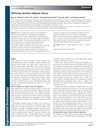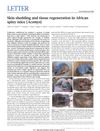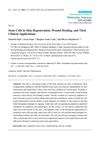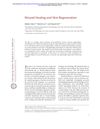Skin Biology
January 2019
in “
Elsevier eBooks
”
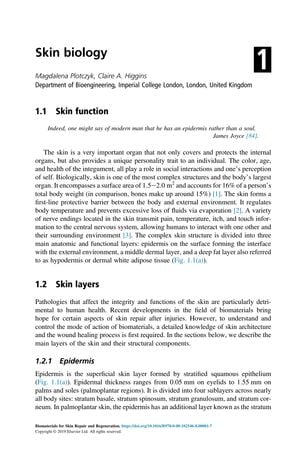
TLDR Current therapies cannot fully regenerate adult skin without scars; more research is needed for scar-free healing.
The 2019 document provides an extensive overview of skin biology, detailing the skin's structure, functions, and the processes of wound healing and hair growth. It describes the skin's three layers: the epidermis, dermis, and hypodermis, and their respective roles, including the importance of basal stem cells in the epidermis for long-term skin repair. The document also covers the types and functions of skin glands and hair follicles, the phases of wound healing, and the challenges of chronic wounds and scar formation. It emphasizes the differences between scar tissue and normal skin, the potential for biomaterial-based approaches to improve healing, and the need for better understanding of scarless healing observed in certain animals and human fetal skin. The document concludes that while advancements have been made, current therapies do not yet enable true skin regeneration in adults, and it highlights the importance of integrating skin biology knowledge into the development of future clinical therapies for scar-free skin regeneration.




